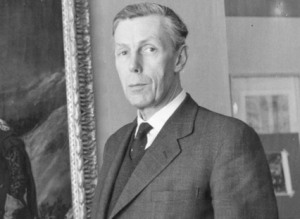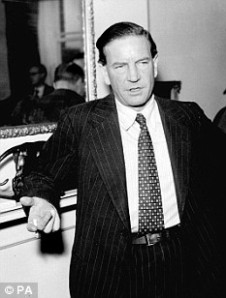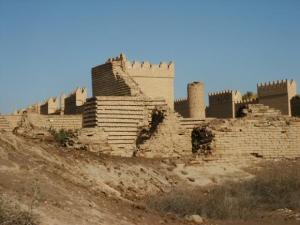 Otto Rahn was a German medievalist best known for his expertise on the works of Wolfram von Eschenbach. In studying Wolfram’s writings, in particular Parzival, he became convinced that the poem’s Grail Castle of Munsalvaesche was the castle of Montsegur, in the south of France. Rahn therefore began a series of visits, each one lasting longer and longer, to the south of France in the hopes of proving his theory.
Otto Rahn was a German medievalist best known for his expertise on the works of Wolfram von Eschenbach. In studying Wolfram’s writings, in particular Parzival, he became convinced that the poem’s Grail Castle of Munsalvaesche was the castle of Montsegur, in the south of France. Rahn therefore began a series of visits, each one lasting longer and longer, to the south of France in the hopes of proving his theory.
His presence there, specifically in the department of the Ariege, is first attested in the middle of 1930. A year later, in November 1931, he established a more permanent base as a tenant or lodger of a Mademoiselle Bernadac, in the village of Ussat-les-Bains (which is not too far from Rennes-le-Chateau). A few months later, in March of 1932, the local newspaper, La Depeche du Midi (the same newspaper which would first publicize the story of Rennes-le-Chateau two decades later: see Priory of Sion, November) ran an article speculating on the presence of many amateur archeologists, especially Germans, in the area around Ussat-les- Bains, and mentioned Rahn’s name. The paper claimed they were looking for the Cathar treasure allegedly hidden in the local caves of Ornolac and Lombrives . Rahn’s presence was defended by Antonin Gadal, an esotericist and local historian who would guide him in his research. Whether Rahn met Gadal as a result of the article or knew him before is uncertain, but within a short time he befriended a large number of locals, in particular one Countess Pujol-Murat, whose salon was a focal point for esotericists and devotees of Cathar history.
Rahn’s first book, Crusade Against the Grail, came out in 1934 and attracted the attention of Heinrich Himmler, who urged him to join the SS. He did so in 1936, but soon ran afoul of his superiors and resigned in 1939. Shortly thereafter, he was found frozen to death on an Austrian mountainside.
That,at least, is the official story. In his book Le Mystere Otto Rahn (The Otto Rahn Mystery), French writer, Ussat-les-Bains native and relative of Rahn’s first landlady Christian Bernadac draws on his family background and connections to reconstruct a much more detailed picture of Rahn’s activities. He unearths police reports which had mentioned Rahn and his associates, among them one Nat Wolff, invariably called Karl (as well as various other aliases) a German spy living in the area under a fake American passport. Karl Wolff was also the name of an SS general and close associate of Himmler’s, who would end his career as military governor of northern Italy during the Second World War and secretly negotiate the surrender of German forces with OSS envoy (and later CIA director) Allen Dulles. Bernadac also notes that there were reported sightings of Otto Rahn in Beirut as late as 1945, long after his supposed death. He speculates that Rudolf Rahn, German ambassador to Italy during the war, was in reality Otto Rahn after extensive plastic surgery. This, however, is unlikely.
In Stone of the Goddess, Rahn plays a peripheral background role in Ermengarde’s history of the Priory of Sion. He is alleged to have met Anthony Blunt during the early thirties, when they were both staying in the south of France, and to have conspired with him to smuggle the Grail to a location of safety. He may also have been in Beirut at the same time as either Kim or St.John Philby (see Cambridge Five,November), and this might also have had to do with the occultation of the Grail.



